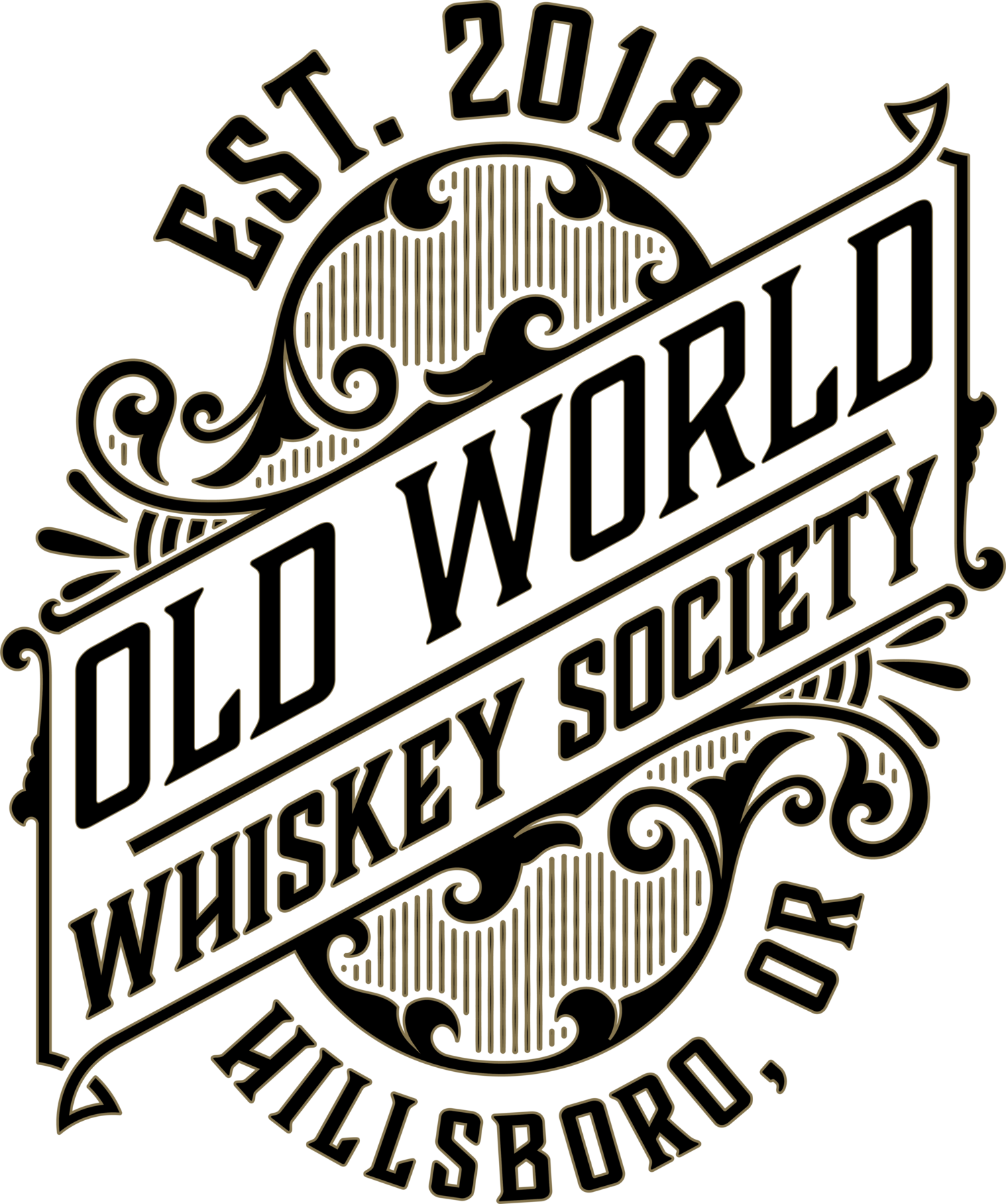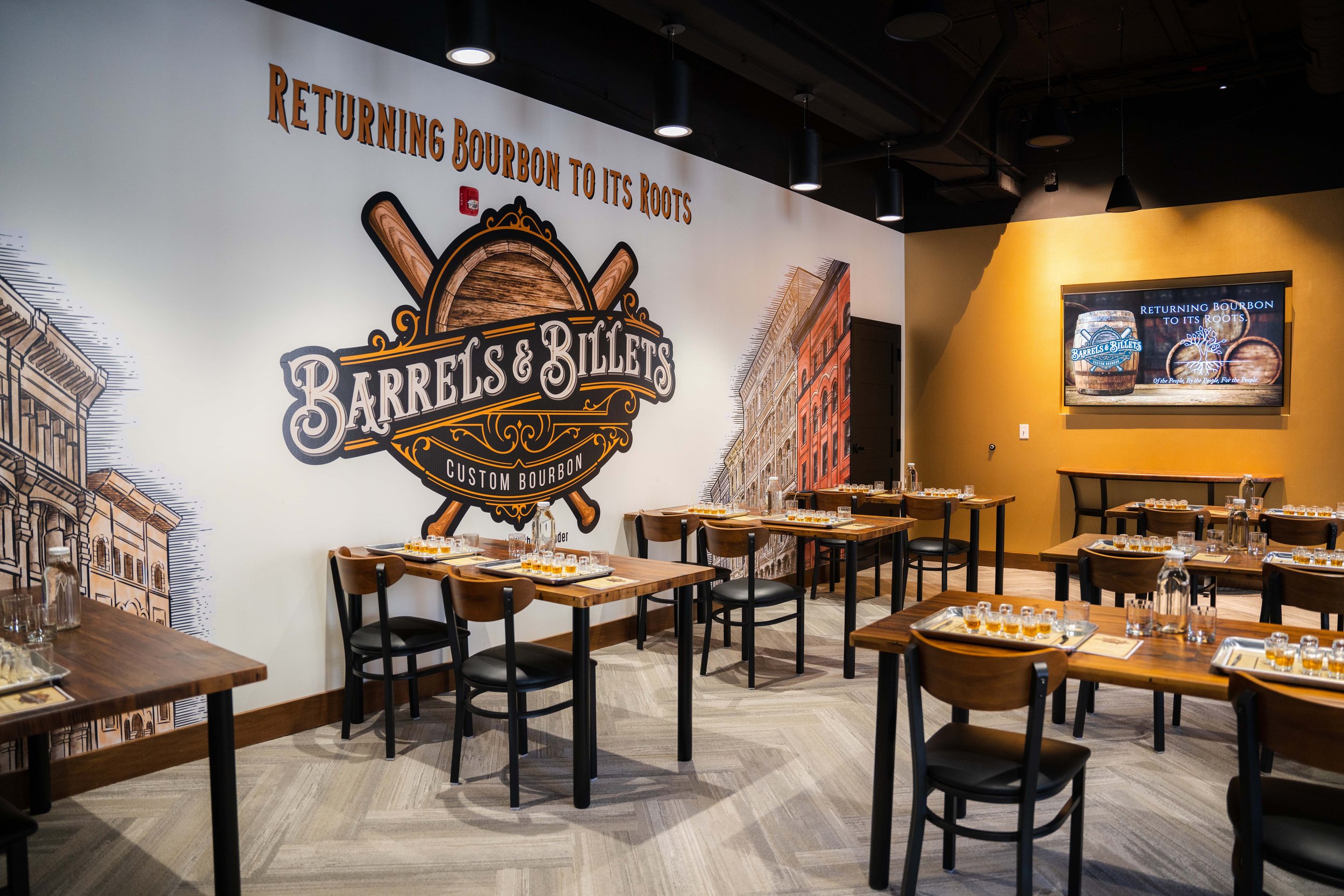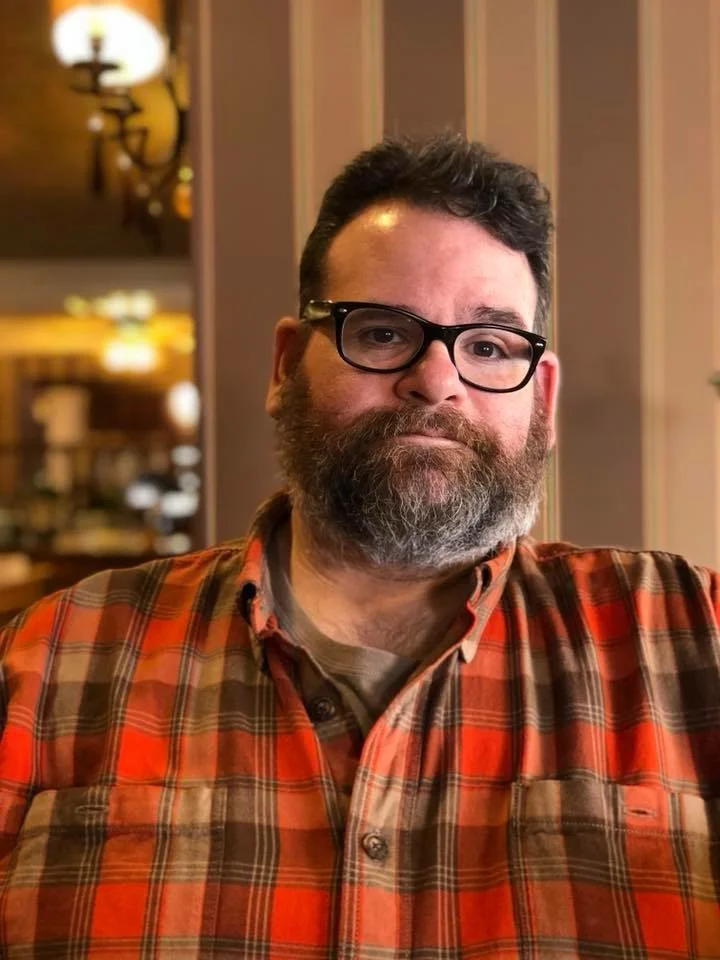Overview
While an intriguing concept, the experience we had leaves a lot to be desired as a consumer with extensive whiskey knowledge. The best way to describe it is Disney-version of a whiskey experience. No personal touch, no “Master Blender” or really anyone with whiskey knowledge. They developed the system to be easy for staff without whiskey knowledge, and it shows. The tech and work systems are useful and intriguing but the experience leaves much room for improvement.
The Experience
As you enter the location you are greeted by security verifying ID. You then move on to the receptionist who checks to ensure you are registered, then moved into one of two classrooms by an attendant.
The attendant introduces himself, tells you where restrooms are located if needed, then starts a video as he walks out of the room.
The video is around 15 minutes in total length and really is a powerpoint with a VoiceOver rather than live video. You get a brief overview of what your experience will be, some quick and glossy bourbon history and then are given 5 minutes to taste the first three of six whiskeys. During this five minute period you are encouraged to rate the taste and finish of each from 1-5 while being cautioned that you need to take very small tastes (they use the term micro-samples) because the whiskey in front of you is all you are getting, and is the same whiskey you will be blending later.
After you sample and rate the first three whiskeys you are given a very brief explanation of the rapid finishing process used to flavor the whiskeys with what they call “wood bills” (a term they have trademarked). You then have 5 minutes to sample the last three whiskeys.
After you have sampled the whiskey you are walked through the basic mechanics of using their proprietary ladle system to “micro-blend” your custom whiskey. They give some basic ideas on how to start and then you are given 15 minutes to create a blend.
The tech and work systems
The tech and process after the “Experience” are great, and if they would license that to craft distilleries for the blending and bottling of custom blends using sourced whiskey I would be very interested in such an arrangement. In a relatively small footprint they are able to process an order, label the bottle, fill it while the customer shops the gift shop or samples a cocktail at the bar, using six sourced whiskeys in the blend.
They also have a bar in the center of the main room where you can order a cocktail using your blend. A small machine behind the bar scans the QR code unique to each blend and dispenses 2oz for the bartender to either hand you for a neat pour or use in mixing your cocktail. Again, this is a piece of tech that would be useful in a craft distillery or craft cocktail bar once the tech spreads more. Allowing someone who creates a blend in Louisville to order a cocktail with their custom whiskey in Portland or New York will make this a better proposition for customers in the future.
Conclusions and take aways
The experience is more reminiscent of an escape room than a whiskey tasting, and in a world that more and more is seeking engaging experiences this tries to deliver but falls short. Having a live presenter (instead of the video) who is passionate about whiskey would have made this a far better and more engaging experience. While I know providing tasting notes for whiskeys can be a two-edged sword in this context they also could have helped guide the participants towards whiskeys that fit their taste given the very short window given for the blending process.
My biggest issue with the whiskey used by WoodCraft is that while perfectly valid ideas given the current trend toward specialty finishes, the implementation of their “wood bills” and call backs to the bourbon blending of the 1800’s reminds any serious whiskey lover more of the rectifiers that prompted the “Bottled in Bond Act” and the “Pure Food and Drug Act” than any mythical hay day of 1800s whiskey. I would much rather have seen this process implemented with traditional, sourced, barrel proof whiskey.
The technology and its implementation on the back side are the secret sauce that would make this easy to salvage with the above changes. The “Woodcraft Blending Machine”, in both its industrial size for filling bottles and its countertop version behind the bar could make for an engaging addition to craft distilleries and cocktail bars.



